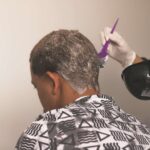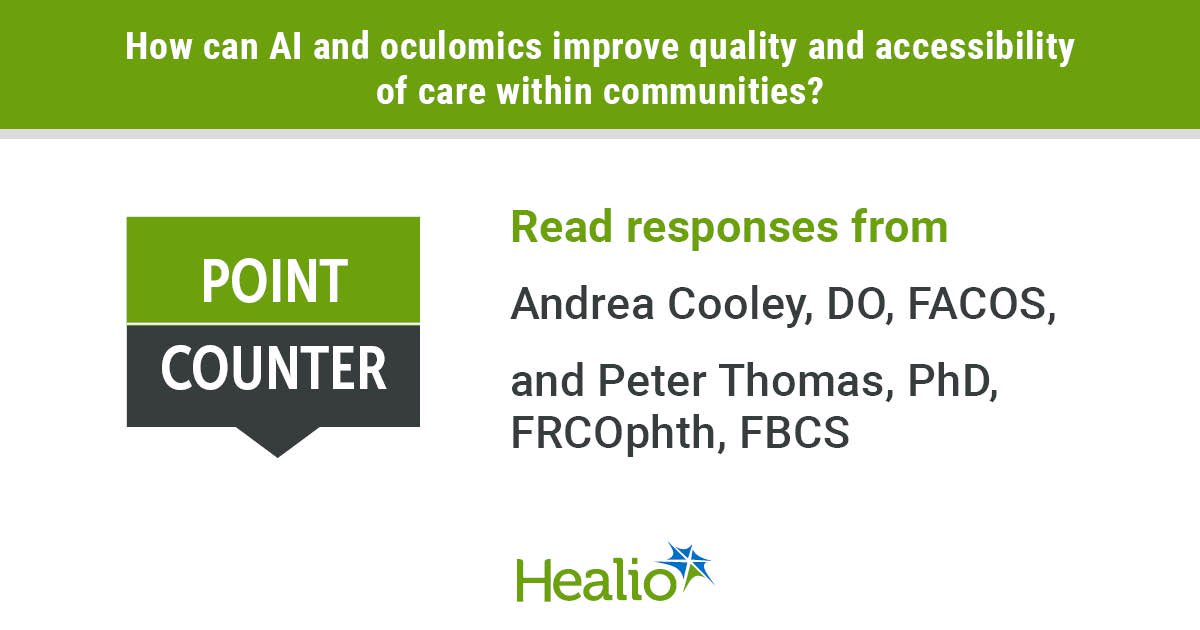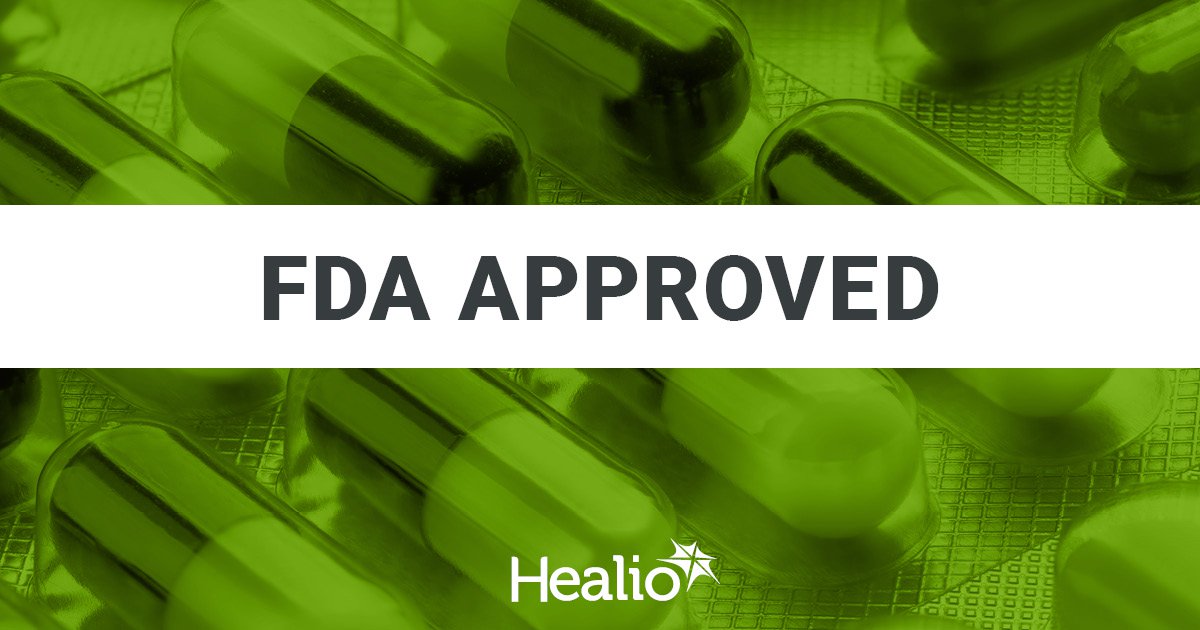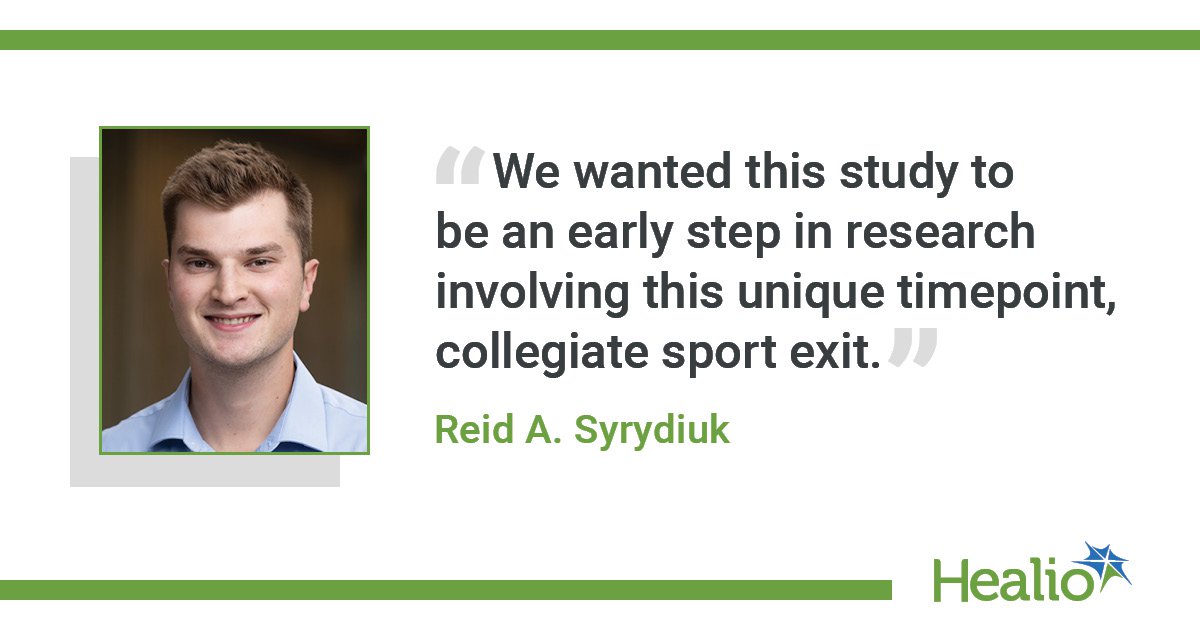October 10, 2025
4 min read
Partnering to bridge eye care gaps within rural communities
AI paired with the technological advances of automated and robotic fundus cameras will be a catalyst for change.
These technologies hold the potential to take specialist-level eye screening into primary care, pharmacies and preclinical spaces, reaching out to people in low-resource settings and underserved areas, to rapidly detect and manage a wide range of ocular and systemic conditions. I am a cardiothoracic surgeon, and the possibility to assess cardiovascular disease from the eye fascinates me, along with the potential to detect neurological disease, kidney disease, preeclampsia and, of course, diabetes.

In East Texas, we have large gaps in health care access, and this leads to poor health outcomes across every disease state. With this in mind, we founded The University of Texas at Tyler School of Medicine 3 years ago, and we are developing an oculomics screening program to address systemic disease in our population. Currently, we are focusing on diabetes because the algorithm for diabetic retinopathy screening is the only one that is FDA approved, but we view this as the first step in a comprehensive care pathway as algorithms for other conditions are approved. The aim is not just to screen and diagnose but to use the insights offered by these new technologies to change the health care system itself, mapping out diabetic care from end to end by helping patients receive the right level of care, have equitable access to treatment and keep their disease under control. We have a grant to integrate a community health worker program for diabetes education so we manage the underlying disease rather than focusing only on the complications. When patients are diagnosed, they are provided counseling and support on treatment, self-monitoring and lifestyle changes such as diet and exercise.

Andrea Cooley
We are working across an ecosystem model. We have active collaborations on multiple research projects with the Alliance for Healthcare from the Eye. Thanks to pharmaceutical partners, we are able to cover the cost of injections for patients who cannot afford them. We are also gathering insights on the effects of our interventions, barriers to implementation and experiences of the frontline teams to develop a toolkit of best practices that we can share across the alliance. While the technology drives the ability to create this program, the alliance pushes a step further to ask how we can work together to improve health and access to care for all.
In our current health care system, everything is fragmented between different sectors, while our aim is to join clinicians, researchers, industry innovators, payers and policymakers together to work toward the goal of advancing predictive, preventive and personalized care.
For more information:
Andrea Cooley, DO, FACOS, associate professor of medical education, assistant dean of clinical experience, University of Texas Tyler School of Medicine, can be reached at andrea.cooley@uthct.edu.
Bridging between specialty providers and primary care
Moorfields Eye Hospital and University of Central London (UCL) have been in the forefront of research and application of AI in ophthalmology.
With the leadership of Prof. Pearse Keane, and building on the collaboration he initiated between Moorfields and Google DeepMind, we have developed AI algorithms for the diagnosis and classification of retinal pathologies from OCT scans. However, the pathway to turn academic outputs into a real-world product is long and complex, and it is paved with significant challenges and requires significant investments. To bridge the gap between research and real world, and to go from an algorithm that is good for research to an algorithm that is bombproof enough to be used in clinical practice, we founded the spinout company Cascader Limited, a three-way partnership between Moorfields, UCL and Topcon Health, one of the major manufacturers of OCT devices with a great interest in digital health and oculomics. Our first goal is to gain regulatory approval for the Moorfields-Google DeepMind algorithm, then develop other algorithms for eye diseases, and then finally move on to oculomics as well.

Peter Thomas
While AI that supports us to make clinical decisions is useful in hospitals, it is potentially more useful in other settings where those images are captured but do not have access to a large workforce of highly specialized doctors. We are looking toward primary care, and primary care within eye care is based around high street optometry. There are 10,000 optometry practices in the United Kingdom, and many of those now have OCT scanners onsite, producing millions of OCT scans each year. This creates an opportunity for us to help those optometry practices with gold standard clinical decision support, enabling them, by implementing this algorithm, to reach diagnoses that are as good as those reached by medical experts. This will allow early identification of many patients who need intervention. In the same way, we will be able to provide automated assessment in the community diagnostic centers that are operational throughout the U.K. in a variety of settings, such as shopping centers and local neighborhoods. Another goal is to provide data to support research.
At Moorfields, we have access to the INSIGHT Health Data Research Hub, the largest ophthalmic research database for the development of AI algorithms in the world. At UCL, there is a concentration of talent around machine learning and medical AI that probably does not exist anywhere else in the world. And Topcon Health is a medical device partner that is actively investing in AI and providing cloud-based infrastructure to gather and analyze patient data from various sources. This kind of partnership is what we need to make AI for health care a reality. It is still early days, but we are moving fast in the ability to predict systemic disease from the eye. How do we safely employ that information in a way that provides useful services for patients without unnecessarily worrying them about predictions that may not come true? This is a topic we are keen to get into with Cascader.
For more information:
Peter Thomas, PhD, FRCOphth, FBCS, director of digital development, Moorfields Eye Hospital NHS Foundation Trust, London, can be reached at peterthomas2@nhs.net.










